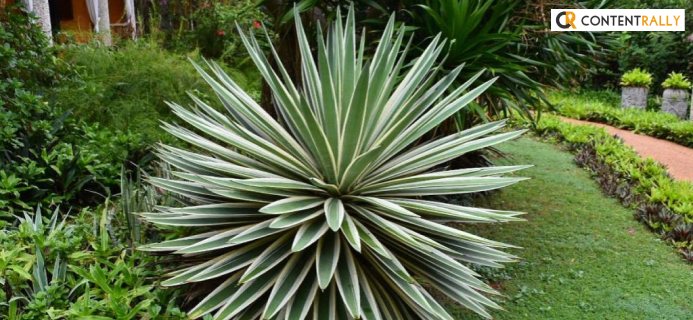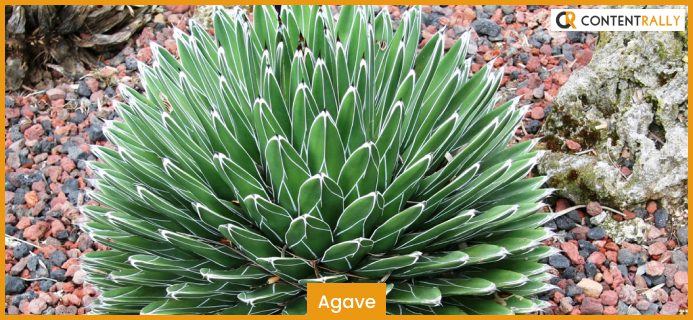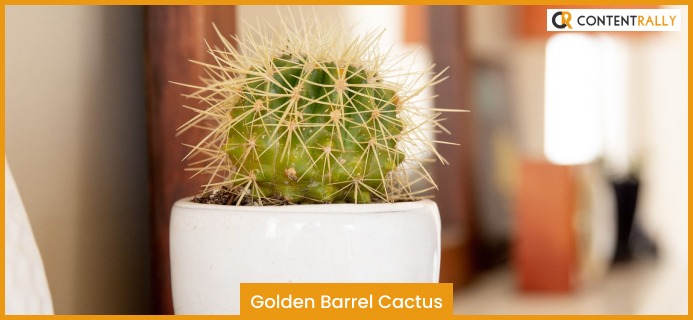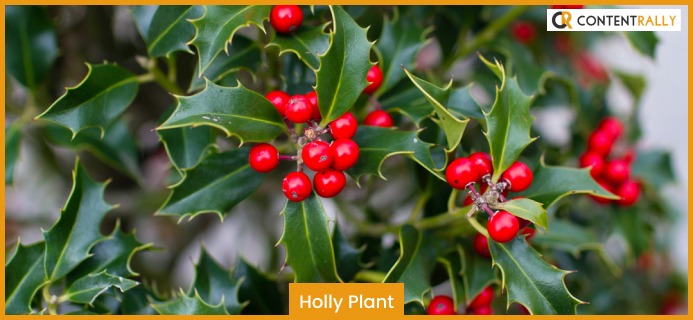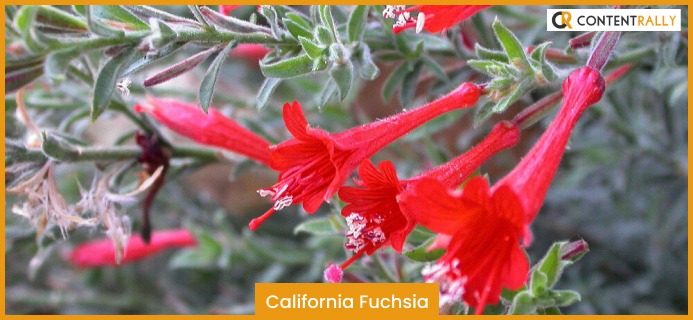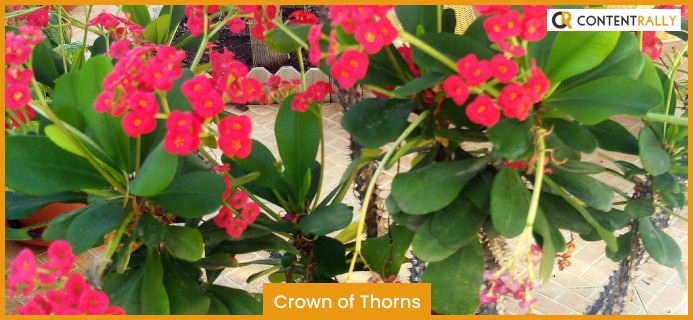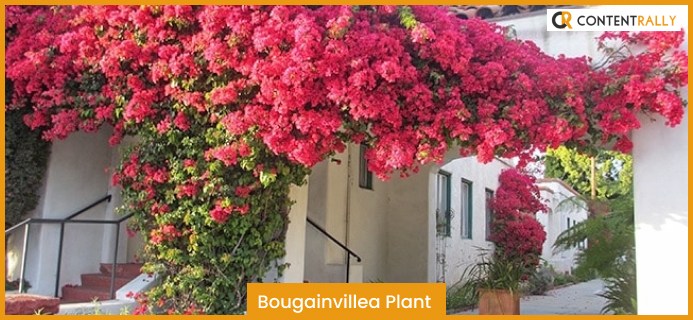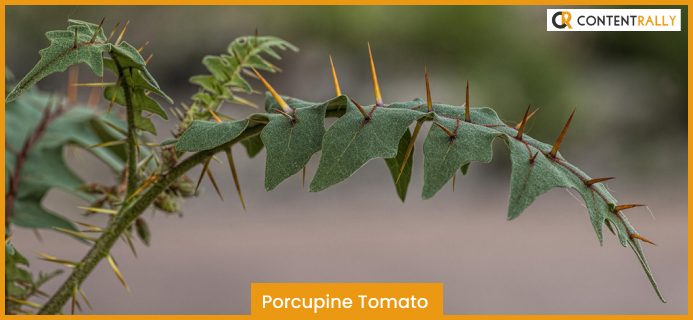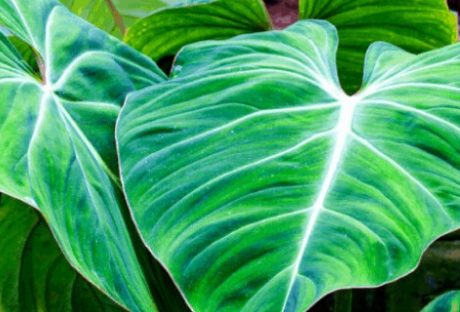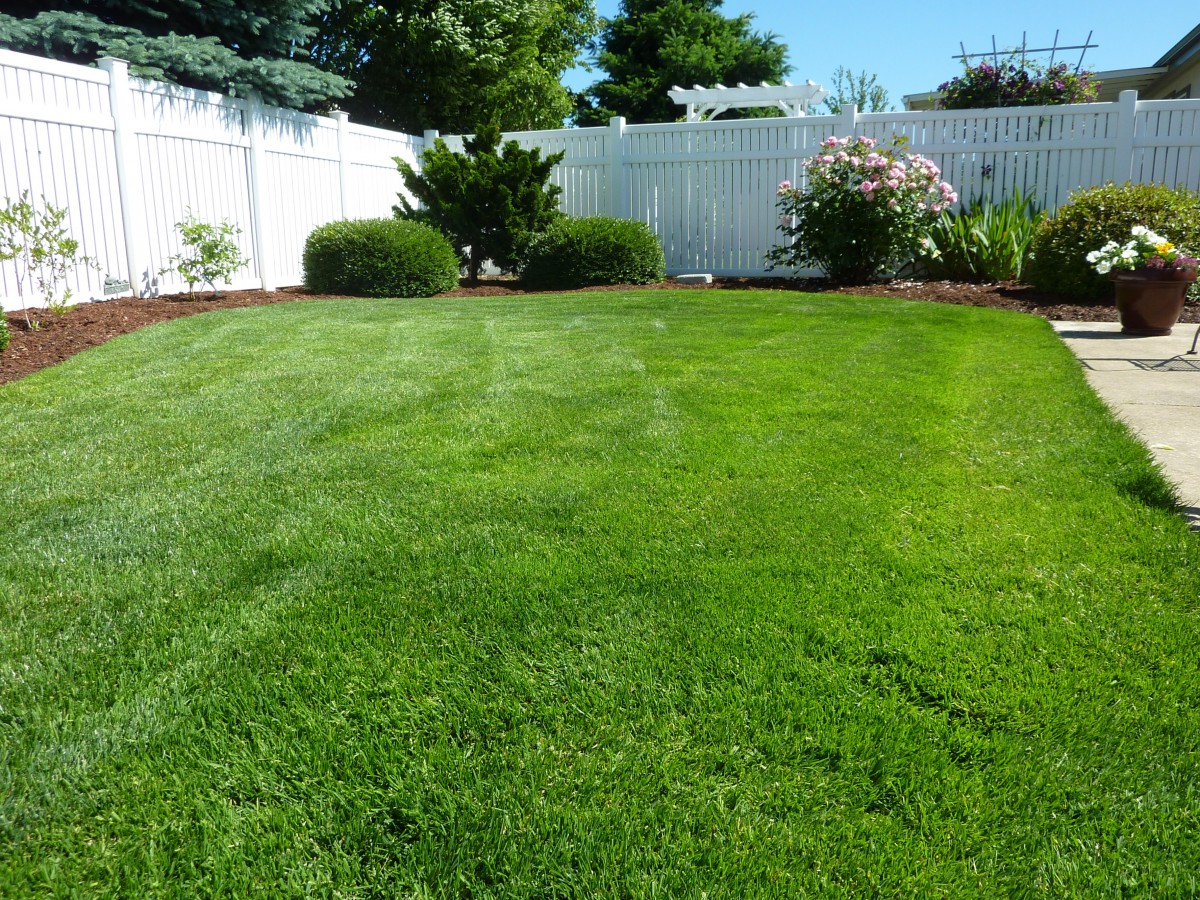“Flowers are for Tinder dates. Plants are for soul mates.”
Growing up, I watched with awe how my mother would convert any space, indoor or outdoor, with some love and a whole lot of plants. While some plants are your usual Begonias and Fuchsias, what attracted me the most was the collection of spiky plants my mom was obsessed with!
So it was only natural when I moved to my own place, my ideas on the decor were heavily inspired by my mother’s natural tastes. I couldn’t help filling spaces in my home with plants, and I soon realized I had developed a specific taste for plants that are spiky. But, of course, I refuse to believe that I am alone with my tastes. There have to be more people like me, and this article is for your guys!
Keep reading to find out more on the same.
Click Here Read Out: 10 Best Aesthetic Plants To Buy In 2022
10 Best Spiky Plants To Decorate Outside Your House:
“Don’t let the fear of limited space keep your from buying plants.”
Exactly! If you are wondering about the limitation of space, don’t! Because I am here to help you out with alternatives to outdoor spiky plants – if there’s no space inside, hopefully, you will make some outside for these babies. Scroll down to find out the top ten spiky plants for decorating the outside of your house.
1. Agave
A native American plant, the Agave thrives the best in arid and hot conditions. The best part? This dark green plant can tolerate droughts and also happens to love the sunlight – perfect for keeping outside your home, and it doesn’t even require a lot of care. Another great thing about this plant is that it lives for nearly three decades.
Since there are several species of the Agave plant, it is a little difficult to tell you the approximate growth level of these spiky babies. However, on average, these plants grow somewhere between six to ten feet. But smaller variations might grow up to only four feet.
2. Golden Barrel Cactus
Scientifically known as the Echinocactus Grusoni, the Golden Barrel Cactus is a cute addition to any home garden. These cuties are plants with spiky leaves and can grow up to 3 feet on both sides (length and width). Also, the woollen hair in white colour on top of the yellow needle-like spikes only adds to the visual effect of the plant.
Although these Golden Barrel Cactus need plenty of watering, sunlight exposure, for some strange reason, is hardly a requirement. In fact, while planting these spiky plants, you will find out they are avoiding the sun by themselves. So it is wiser to plant these in a space place in your garden.
3. Holly Plant
Popular as a Christmas symbol for many years, the Holly plant is a classic hedging plant that often provides both shelter and food to the wildlife. Even birds like Robins or Blackbirds feed on the red berries of this spiky plant. And if that was not enough, this plant also happens to be a great source of nectars and pollen for attracting bees.
The holly plant is a pretty cool feature for your garden because it brings in so many aspects. Moreover, the spiky leaves act as a deterrent for intruders. Also, since these plants grow slowly, they can easily go up to 30 or even 40 feet in some cases. Holly plants thrive best in well-drained soil that’s slightly acidic but not dry under the sun.
4. California Fuchsia
Are you up for some blooming, red addition to your outdoor garden? Then California Fuchsia is probably the best alternative for you especially if you are looking for some low-maintenance plants! The plant radiates the whole summertime floral vibes that can improve anyone’s mood exponentially. And if you are living in some dry area, then this one is surely meant for your garden.
The best part? California Fuchsia is primarily known for its flowers which keep growing through Spring, Summer, and straight into Fall. A colourful garden for most parts of the year – isn’t that what gardening dreams are made of? Just one thing – you need to be careful of the vertical spikes in the flowers.
Read More: 10 Best Foliage Plants To Buy In 2022 – Must Read!
5. Crown of Thorns
Don’t go on its name because Crown of Thorns is one of the most appealing spiky plants out there. The best part about these plants? The Crown of Thorns can easily tolerate droughts and resist heat, making gardening these babies very convenient. In fact, try to avoid overwatering at all costs!
Popularly known as the Euphorbia Milii, the Crown of Thorns happens to be the Christ Thorn since it is one such succulent with actual spiky leaves, which are thick, fleshy, and shaped like tears. Native to Madagascar, these spiky plants can grow nearly five to six feet tall.
6. Bougainvillea Plant
You already know how beautiful a Bougainvillea plant can be and especially as outdoor decor. But did you know that these are great for security reasons too? Someone once told me how all beautiful things have thorns, and these beautiful Bougainvilleas are no different.
The dense, thorny branches of the Bougainvillea plant can keep intruders at bay while adding color to the outdoor decor of your home. Moreover, these tall spiky plants can easily resist droughts and, in fact, thrive well under sunlight.
7. Devil’s Walking Stick
Scientifically known as the Aralia Spinosails, the Devil’s Walking Stick is literally named after its characteristic sharp, stout spikes prevalent on its leafy, green stems, branches, and stalks. Native to the forest areas of America, the Devil’s Walking Stick is popular for the clusters of umbrella-like white flowers.
This is literally a Devil’s Walking Stick that can grow up to 30 feet on average – the long stems, the orange prickles, the spiny leaves, and the white flowers are all characteristics of these spiky plants. Not only can these tolerate several urban pollutants, but they also can thrive well in a wide variety of soils.
8. Honey Locust
Did you know that these spiky plants that go by the name of Honey Locust can grow somewhere between 60 to 100 feet, on average? Aren’t these perfect for stabbing some intruder and boosting the security around your home? In fact, the black or dark grey barks can easily camouflage the thorn once the sun goes down. – perfect foliage plants for your home!
The best part? The Honey Locust is a plant that can easily adapt to any situation and thrive well under urban conditions. These can resist droughts and grows well in soil that is well-drained as well as moist!
You May Love To Read This: 10 Best Trailing Indoor Plants To Buy In 2022
9. Honey Mesquite Plant
Scientifically known as the Prosopis Glandulosa, the Honey Mesquite Plant is native to deserts located in Northern Mexico. Not only can these plants resist droughts, but they can easily survive under conditions that are dry and hot.
The best part? Those beautiful yellow flowers and the twisted trunks only add to the aesthetic pop outside your home. The plant is characterised by rough barks and long thorns, both of which help in making these plants the perfect defence hedge for your home.
10. Porcupine Tomato
Native to Madagascar, the Porcupine Tomato has a refreshing vibe, especially when it blooms in Summer with that beautiful purple tint. The leaves might fool you with beauty since it’s more like a cover-up for the upright thorns the plants are best known for.
The Porcupine Tomato is one of those spiky plants that thrive the best in well-drained soil and sun exposure. You can always plant it inside a container and strategically position the plant in different areas of your garden, creating a sort of surprise for any unwanted visitor.
Frequently Asked Questions (FAQs):
Q1. Why Are Desert Plants Spiky?
The spines and hair on a dessert plant prevent moisture loss by stopping the wind-effects. These can also help by casting little shadows on other plants. Moreover, the shininess of these spiky parts also helps in reflecting away the sun’s rays.
Q2. What Is The Name Of The Spiky Plant?
A popular spiky plant that has been used for decor as a houseplant for several years is the Dracaena plant. Popularly referred to as the Spike Plant, the Dracaena plant is now competing with other varieties of spiky plants.
Q3. What Are Lucky Plants?
The best lucky plant that you can opt for is the Feng Shui plant. This plant is popular because it is considered lucky in terms of love, fortune, luck and prosperity. The other alternatives to lucky plants are Orchids, Bamboo, Rubber plants, and the like.
Wrapping Up:
“Home is where the plants are”
Now that you have a fair idea of some cool spiky plants names perfect for decorating the outside of your house, what are you waiting for? It’s time to bring in some new, spiky members home. Get yourself a beautifully thorny cactus or some much-needed Bougainvillea for the safety of your property – or opt for any other spiky plant!
Don’t forget to let us know in the comments below your thoughts on the same.
Read More:













